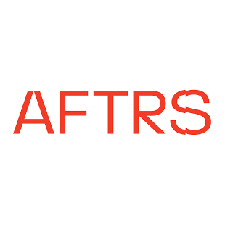
Virtual Production is the integration of real-time computer-generated imagery (CGI) into live-action filming.
This process allows filmmakers to create and control complex visual effects in real-time during filming, rather than having to add them in post-production. This involves the use of real time compositing and set extension software, real time 3D CG rendering, motion capture, and virtual cameras to produce realistic visual effects and environments, while maintaining a high level of creative control over the final output. Virtual Production can reduce the need for costly reshoots and allow for more efficient and flexible filmmaking ultimately also lowering production costs.
One crucial element is the camera tracking system, which syncs the camera’s movement with the real time CG rendering system. This synchronisation ensures that the virtual background reacts accurately to the camera’s perspective, creating a sense of depth and immersion. This seamless integration of physical and digital elements is what sets virtual production apart from traditional post VFX.
Customers actively using our Virtual Production Products







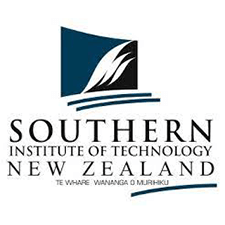
Since 2018, Intraware has been supplying this exciting new technology to the production industry. During this time, we’ve assembled key pieces of leading technology, thereby providing a comprehensive end-to-end solution for virtual production. This capability includes media servers for real-time compositing and layout, LED walls for background display, real-time camera tracking, and application software for 3D set creation and visualisation. Additionally, we employ the Unreal and Notch 3D engines for environment design.
LED Display Technology
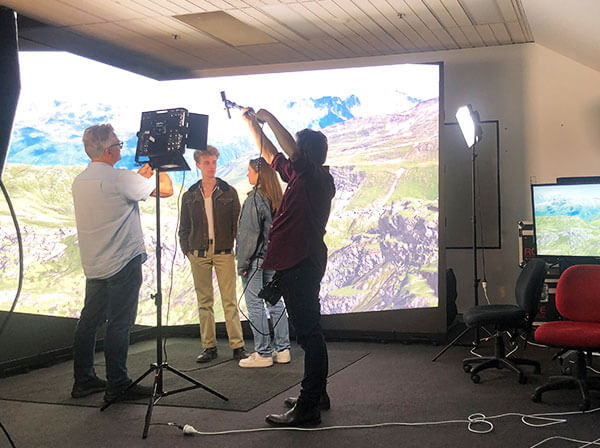
For years, our premium LED display technology has been at the forefront of this rapidly expanding market. Our LED screens are specifically designed for Virtual Production, delivering exceptional performance with high frame rates, refresh rates, and 16-bit depth. Whether you’re working on a high-intensity film project or a dynamic broadcast production, our LED virtual production displays are engineered to meet your demanding requirements and deliver stunning visual results.
Camera Tracking
Mo-Sys StarTracker, the leading real-time camera tracking system, provides highly accurate camera positional data to CG Engines or compositing server applications like Disguise, Aximmetry, Brainstorm, and VP Pro. This ensures correct perspective output to the LED wall. Used globally by top Broadcasters and Film Studios, StarTracker thrives in varied studio conditions. Its upward-facing sensor is unaffected by moving objects, set changes, different lighting setups, reflections, and green screen environments.
Virtual Production Software and Compositing Servers
This software allows users to create and control virtual environments, characters, and special effects in real-time, and to integrate these elements with live-action footage. Our virtual production solutions can be used by the Broadcast and Film industry as well as in Education and eSPORT.
“The Player”
Behind the scenes of a short film created using Aximmetry and Virtual Production workflows. The entire film was created in under 14 days, including storyboarding, creating the CG environment, on-set filming and post-production.
User Story: Pioneering Virtual Production at New Zealand’s Southern Institute of Technology
Intraware and local partners Protel recently installed and commissioned what is probably the closest virtual production setup to Antarctica!
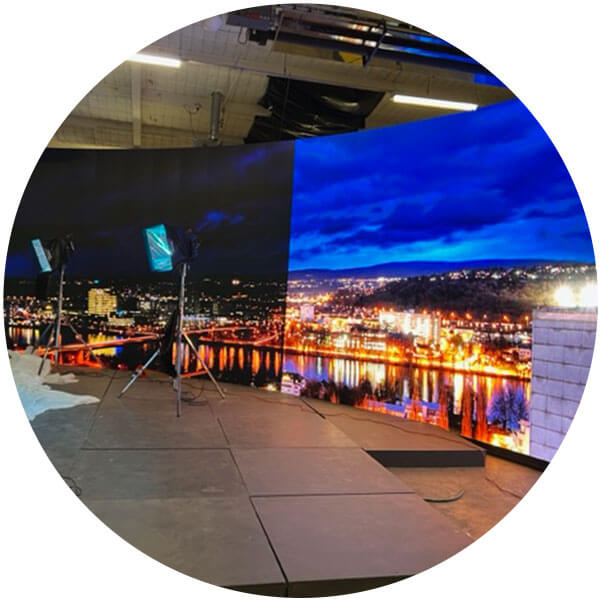
The installation took place at the Southern Institute of Technology (SIT) in Invercargill, on the tip of the South Island of NZ. Intraware and Protel supplied a turnkey solution including Liantronics Pilot LED display, real time camera tracking hardware, and Aximmetry real time compositing engine and server with Bluefish SuperNova video control.
The Liantronics Pilot LED is the first LED virtual wall to be installed in an educational institution in New Zealand.
Students in all areas of the Bachelor of Screen Arts programmes will have access to the Liantronics Pilot LED. This advanced technology allows for training in both traditional green screen techniques and cutting-edge virtual production pipelines. As a result, collaborative projects involving all students can be undertaken. Ms. Mann emphasised the diverse opportunities this will provide for the students’ learning experiences.
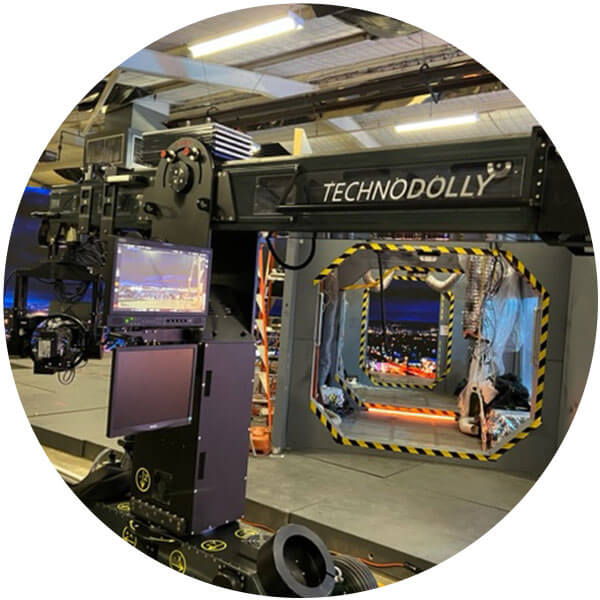
Four SIT staff members received training from Intraware while they were in Invercargill. The training focused on supporting the Pilot panels and using the Aximmetry real-time compositing software. This software compiles the camera tracking data and 3D content to drive the LED display. “We’ve had quite a bit of training,” said Rachel Mann, the manager of the Screen Arts Programme at SIT. “We tested it last week and it does more than we thought it would – we’re pretty stoked and amazed [with its capabilities] and that was on the first day…”
Wayne Morphew from Intraware said “SIT is the second school in ANZ to choose Liantronic Pilot panels for their virtual production process classes after AIE in Australia. The Pilot is the best value for money when you are looking for high-end colour gammit for film and drama work. This is because the Pilot has been purpose-built for virtual production whereas the competition is geared towards live events, and so carries a lot of extra baggage and cost.”
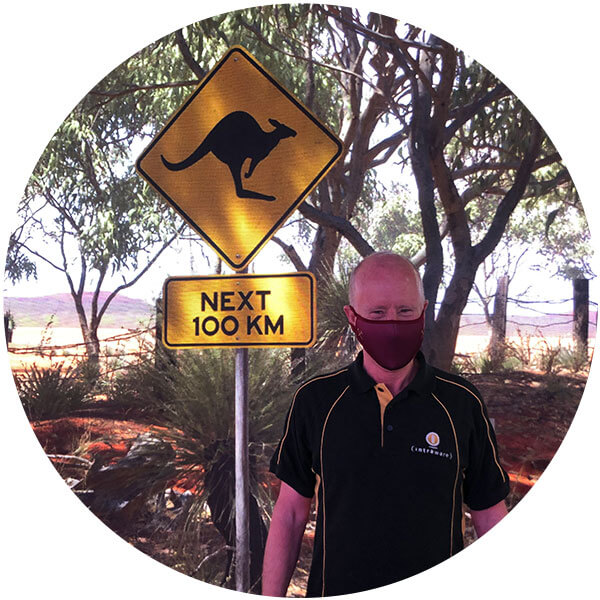
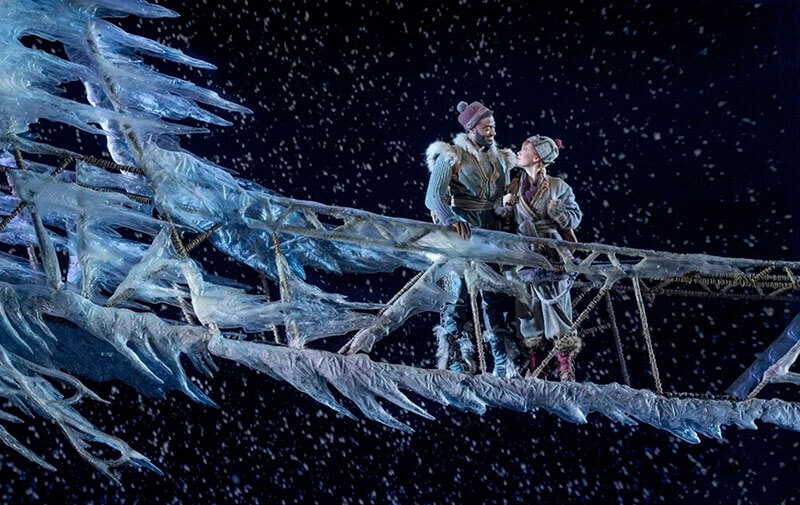
Notch and Unreal Engine
Virtual production is an exciting development in the world of filmmaking, bridging the gap between physical and digital techniques to create cutting-edge media. By leveraging real-time 3D engines, large LED walls, and camera synchronisation, virtual production offers creators greater control, flexibility, and efficiency in realising their visions. As this technology continues to advance, we can anticipate a future where virtual production becomes the industry standard, transforming the way we create and consume visual content.
